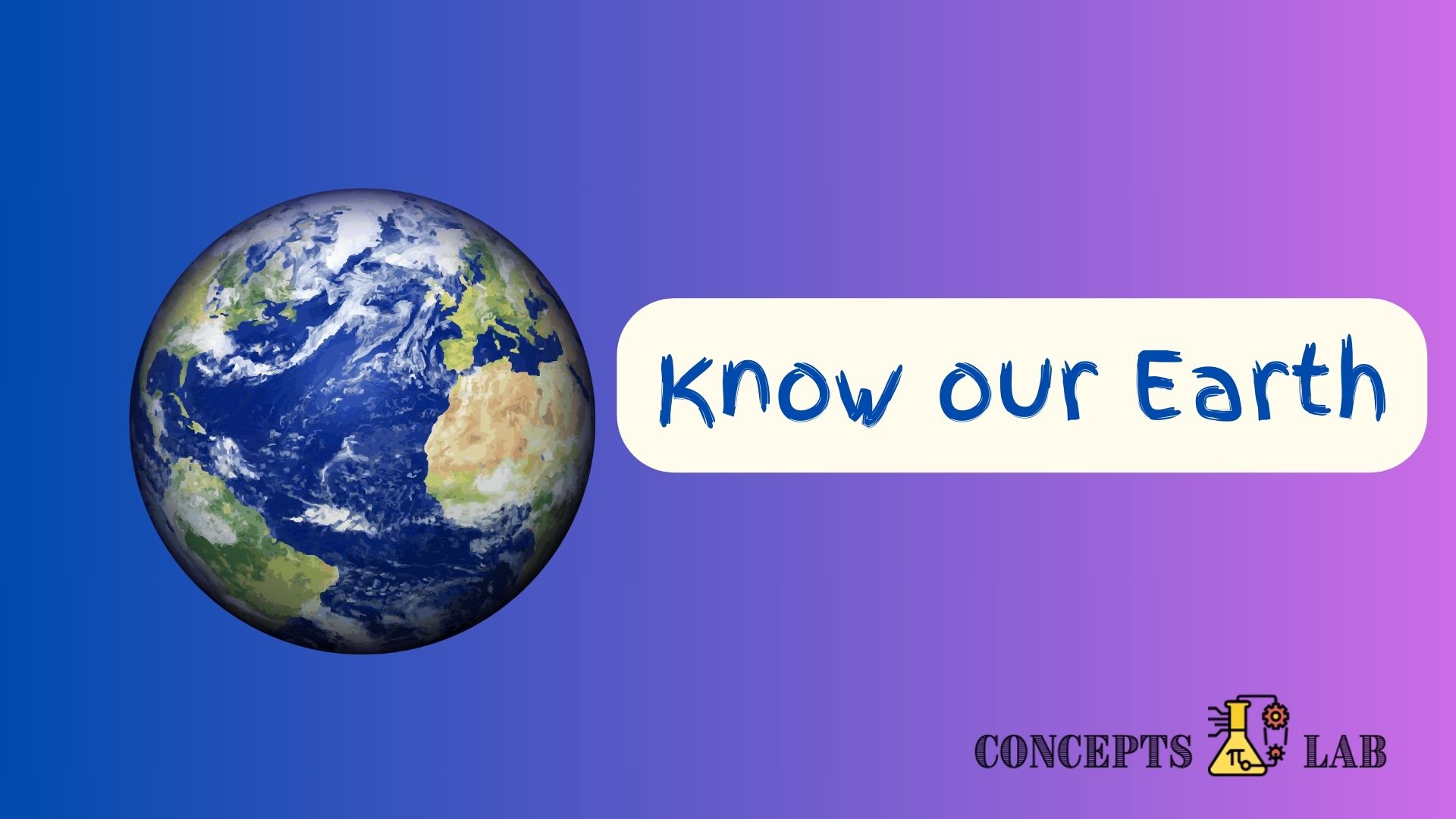Earth is the third planet from the Sun in our solar system and is the only known celestial body to support life.
Here are some interesting facts about Earth:
- Blue Planet:
- Earth is often referred to as the “Blue Planet” because approximately 71% of its surface is covered by water.
- Unique Atmosphere:
- Earth’s atmosphere is primarily composed of nitrogen (about 78%) and oxygen (about 21%), with trace amounts of other gases.
- Dynamic Interior:
- The Earth’s interior is divided into layers, including the solid inner core, liquid outer core, mantle, and crust. The movement of molten iron in the outer core generates Earth’s magnetic field.
- Only Planet with Life:
- As far as current scientific knowledge goes, Earth is the only known planet to support life. The conditions that make life possible include the right combination of atmosphere, temperature, and liquid water.
- Largest Ocean:
- The Pacific Ocean is the largest and deepest of Earth’s oceans, covering more than 60 million square miles.
- Tallest Mountain:
- Mount Everest, located in the Himalayas, is the highest point on Earth, reaching an elevation of 29,032 feet (8,848 meters) above sea level.
- Longest Mountain Range:
- The Mid-Atlantic Ridge is the longest mountain range on Earth, stretching for about 16,000 kilometers (10,000 miles) through the Atlantic Ocean.
- Rotation and Day-Night Cycle:
- Earth rotates on its axis, completing one full rotation approximately every 24 hours. This rotation is responsible for the day-night cycle.
- Shape of Earth:
- Earth is not a perfect sphere; it is an oblate spheroid, meaning it is slightly flattened at the poles and bulging at the equator due to its rotation.
- Moon’s Influence:
- The Moon’s gravitational pull causes ocean tides on Earth. The gravitational interaction between Earth and the Moon also causes the Moon to be tidally locked, meaning the same side always faces Earth.
- Diverse Ecosystems:
- Earth is home to a wide variety of ecosystems, ranging from deserts to rainforests, each supporting a unique array of plant and animal life.
- Age of Earth:
- The age of Earth is estimated to be around 4.54 billion years, determined through radiometric dating of rocks and minerals.
- Great Barrier Reef:
- The Great Barrier Reef, located off the coast of Australia, is the largest coral reef system on Earth and is visible from space.
- Ring of Fire:
- The “Ring of Fire” is a horseshoe-shaped zone in the Pacific Ocean basin known for its high seismic and volcanic activity. It’s home to about 75% of the world’s active and dormant volcanoes.
- Earthquakes and Plate Tectonics:
- Earth’s outer shell is divided into tectonic plates that are in constant motion. The interactions between these plates can result in earthquakes, volcanic eruptions, and the formation of mountain ranges.


No responses yet